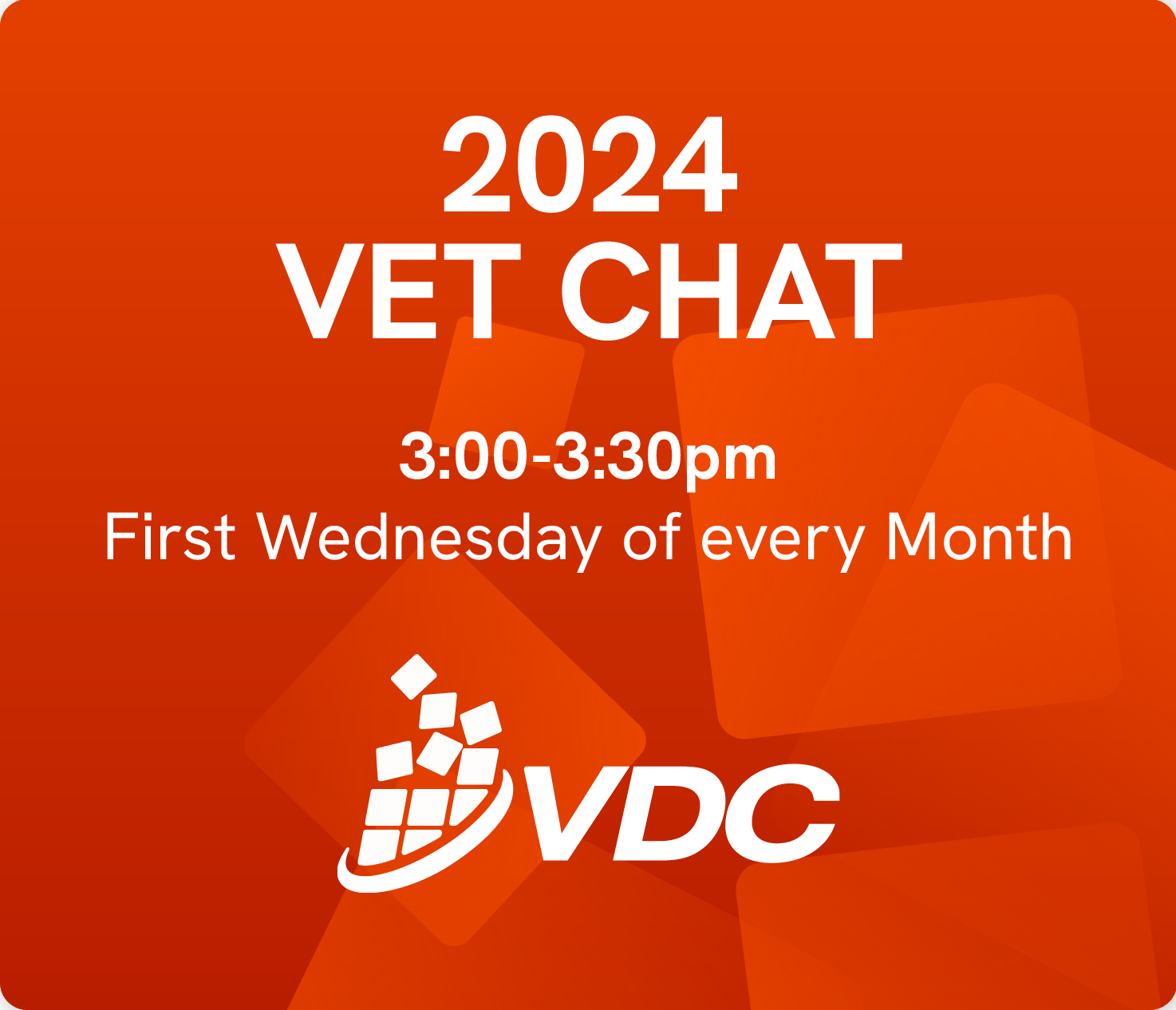
Federation University TAFE’s Clare Rasmussen explored European professional development systems. She brought back some ideas Australia’s VET system could consider.
Earlier this year Claire Rasmussen, Director of VET Practice at Federation University TAFE, completed a Fellowship through the International Specialised Skills Institute (ISSI) which took her to Switzerland and the UK. Concerned by the lack of strategy within Australia’s national VET system related to teacher professional identity and ongoing professional learning, Rasmussen wanted to delve into the professional development kitbag of other national systems. She brought home a lot for all of us to think about.
Rasmussen’s report is now up on ISSI’s website, titled Improving the quality, capability and status of the VET teacher workforce (54 pages).
Gaps in our national approach
Let’s start at home. Rasmussen offers a comprehensive list of things we don’t have. Here it is:
- No national strategy to address VET teacher capability building
- No national strategy to address ongoing professional development
- No national VET teaching standards or criteria
- No national VET registration body
- No national approach or documented framework that articulates and measures engagement in a teacher’s ongoing professional learning against their vocational competency, currency, pedagogical skills and knowledge
- No national professional learning provider
- No national strategy to define what vocational currency, industry currency expectations are, leaving this open to interpretation and inconsistent approaches within RTOs
- No national review of the cost of quality and compliance to an organisation
- No mapping or alignment of the regulatory requirements (which are different from state to state) between funding bodies and regulatory standard setting bodies (which are also different from state to state).
We have attempted to fill some of these gaps from time to time, or at least have conversations about them. Sometimes we get close to action. In January this year, for example, the Commonwealth Department of Education and Training issued Quality of assessment in vocational education and training (34 pages). The discussion paper included an extended discussion on establishing a VET professional association. But the idea seems to have found the shadows since.
The UK’s Education and Training Foundation
Rasmussen describes approaches elsewhere. The governance and role of the UK’s Education and Training Foundation (ETF) is outlined like this:
ETF is owned by peak bodies in the UK training sector – the Association of Colleges, Association of Employment and Learning Providers and the Association of Adult Education and Training Organisations. The ETF builds and promotes the professionalism and status of those working in the sector, ensuring that members gain wider recognition for their educational and occupational expertise. It also brings together members into professional communities of practice that share and build knowledge through events and networks and promotes the creation and dissemination of research into effective teaching and learning practice.
ETF also provides opportunities for relevant, quality professional development to members at a reasonable cost.
It’s a clear point of difference for Australia. The ETF sets professional standards for VET teachers. It’s a world away from Australia where, as Rasmussen notes, Standards for RTOs 2015 (as regulated by ASQA) are a legislative instrument. Australia’s regulatory frame for ongoing professional development is a clear contrast to the UK which puts the onus and opportunity for professional development in the hands of teachers themselves.
Recommendations for Australia’s VET system
Rasmussen’s exploration led her to shape 13 recommendations for the Australian VET system to think through. Among them are the following:
- Recommendation 2: Establish a set of nationally recognised VET learning and teaching standards. These standards must identify levels of capability to develop quality assessments, resources, training and assessment strategies for a broad range of student cohorts.
- Recommendation 5: Improve the integration of VET provision across the whole education sector ensuring the same priority for initial teacher education, ongoing professional development and importance and emphasis on subject/industry currency.
- Recommendation 9: That a minimum teaching practicum be a mandated part of the Training and Assessment Package of qualification for early career VET teachers and ensure that initial completion of these qualifications can’t be obtained through a full recognition of prior learning (RPL).
- Recommendation 10: Establish a national registration body that assists RTOs and in achieving full engagement in professional learning and professional standards.
That’s a snapshot, of course. Claire Rasmussen’s report is worth reading in full.








